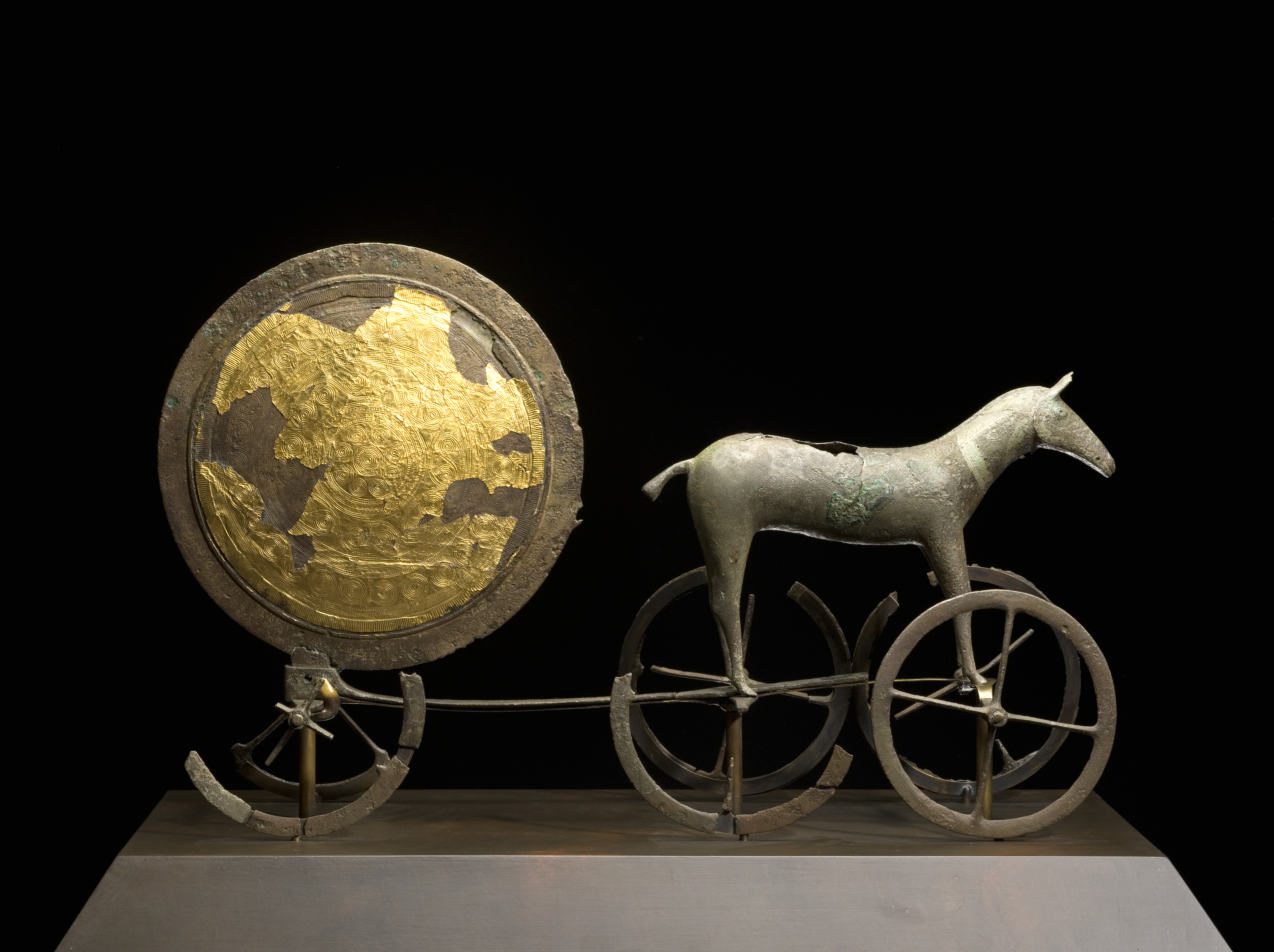|
Aryan Religion (other)
{{disambig ...
Aryan religion may refer to: *Ancient Hinduism *Historical Indian religions more generally Hinduism *The reconstructed Proto-Indo-Iranian religion *The reconstructed Proto-Indo-European religion *In early 20th century occultism, religions considered native to the "Aryan race", se Ariosophy Armanism and Ariosophy are esoteric ideological systems that were developed largely by Guido von List and Jörg Lanz von Liebenfels respectively, in Austria between 1890 and 1930. The term 'Ariosophy', which means the wisdom of the Aryans, was in ... [...More Info...] [...Related Items...] OR: [Wikipedia] [Google] [Baidu] |
Hinduism
Hinduism () is an Indian religion or ''dharma'', a religious and universal order or way of life by which followers abide. As a religion, it is the world's third-largest, with over 1.2–1.35 billion followers, or 15–16% of the global population, known as Hindus. The word ''Hindu'' is an exonym, and while Hinduism has been called the oldest religion in the world, many practitioners refer to their religion as '' Sanātana Dharma'' ( sa, सनातन धर्म, lit='the Eternal Dharma'), a modern usage, which refers to the idea that its origins lie beyond human history, as revealed in the Hindu texts. Another endonym is ''Vaidika dharma'', the dharma related to the Vedas. Hinduism is a diverse system of thought marked by a range of philosophies and shared concepts, rituals, cosmological systems, pilgrimage sites, and shared textual sources that discuss theology, metaphysics, mythology, Vedic yajna, yoga, agamic rituals, and temple building, among other topi ... [...More Info...] [...Related Items...] OR: [Wikipedia] [Google] [Baidu] |
Indian Religions
Indian religions, sometimes also termed Dharmic religions or Indic religions, are the religions that originated in the Indian subcontinent. These religions, which include Hinduism, Jainism, Buddhism, and Sikhism,Adams, C. J."Classification of religions: Geographical", ''Encyclopædia Britannica'', 2007. Retrieved 15 July 2010 are also classified as Eastern religions. Although Indian religions are connected through the history of India, they constitute a wide range of religious communities, and are not confined to the Indian subcontinent. Evidence attesting to prehistoric religion in the Indian subcontinent derives from scattered Mesolithic rock paintings. The Harappan people of the Indus Valley civilisation, which lasted from 3300 to 1300 BCE (mature period 2600–1900 BCE), had an early urbanized culture which predates the Vedic religion. The documented history of Indian religions begins with the historical Vedic religion, the religious practices of the early Indo-Ir ... [...More Info...] [...Related Items...] OR: [Wikipedia] [Google] [Baidu] |
Proto-Indo-Iranian Religion
Indo-Iranian peoples, also known as Indo-Iranic peoples by scholars, and sometimes as Arya or Aryans from their self-designation, were a group of Indo-European peoples who brought the Indo-Iranian languages, a major branch of the Indo-European language family, to major parts of Eurasia in the second part of the 3rd millennium BCE. They eventually branched out into Iranian peoples and Indo-Aryan peoples, predominantly in the geographical subregion of Southern Asia. Nomenclature The term '' Aryan'' has long been used to denote the ''Indo-Iranians'', because ''Arya'' is indeed the self-designation of the ancient speakers of the Indo-Iranian languages, specifically the Iranian and the Indo-Aryan peoples, collectively known as the Indo-Iranians. Despite this, some scholars use the term Indo-Iranian to refer to this group, though the term "Aryan" remains widely used by most scholars, such as Josef Wiesehofer, Will Durant, and Jaakko Häkkinen. Population geneticist Luigi Luca Ca ... [...More Info...] [...Related Items...] OR: [Wikipedia] [Google] [Baidu] |
Proto-Indo-European Religion
Proto-Indo-European mythology is the body of myths and deities associated with the Proto-Indo-Europeans, the hypothetical speakers of the reconstructed Proto-Indo-European language. Although the mythological motifs are not directly attested – since Proto-Indo-European speakers lived in preliterate societies – scholars of comparative mythology have reconstructed details from inherited similarities found among Indo-European languages, based on the assumption that parts of the Proto-Indo-Europeans' original belief systems survived in the daughter traditions. The Proto-Indo-European pantheon includes a number of securely reconstructed deities, since they are both cognates – linguistic siblings from a common origin –, and associated with similar attributes and body of myths: such as *''Dyḗws Ph₂tḗr'', the daylight-sky god; his consort *''Dʰéǵʰōm'', the earth mother; his daughter *''H₂éwsōs'', the dawn goddess; his sons the Divine Twins; and ''*Seh� ... [...More Info...] [...Related Items...] OR: [Wikipedia] [Google] [Baidu] |


